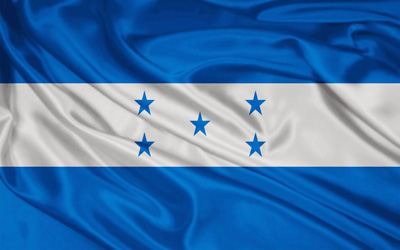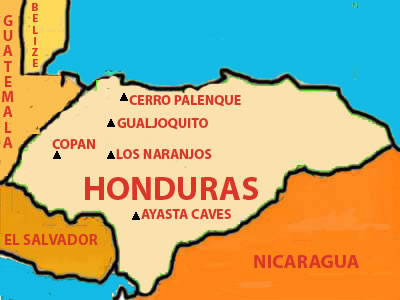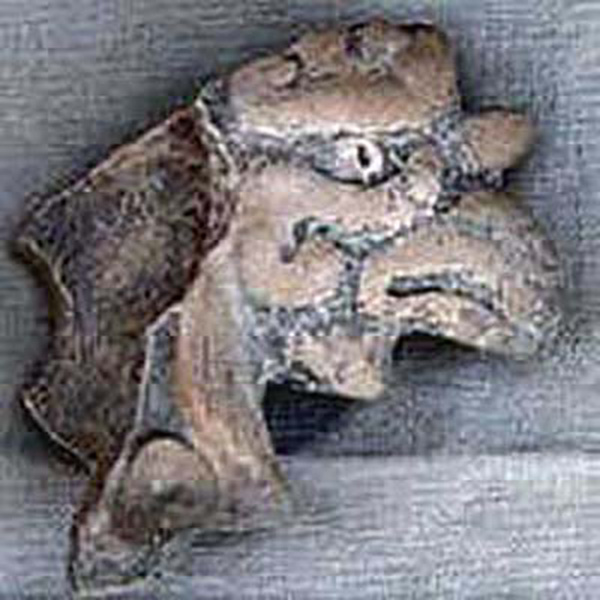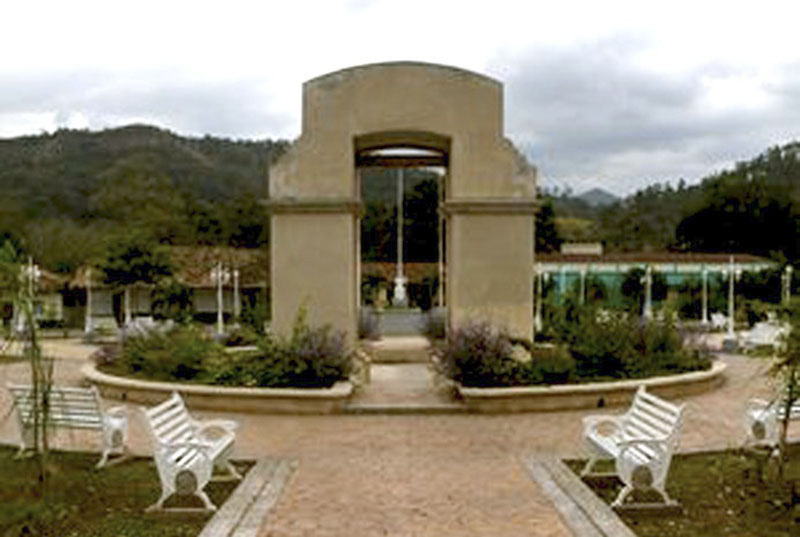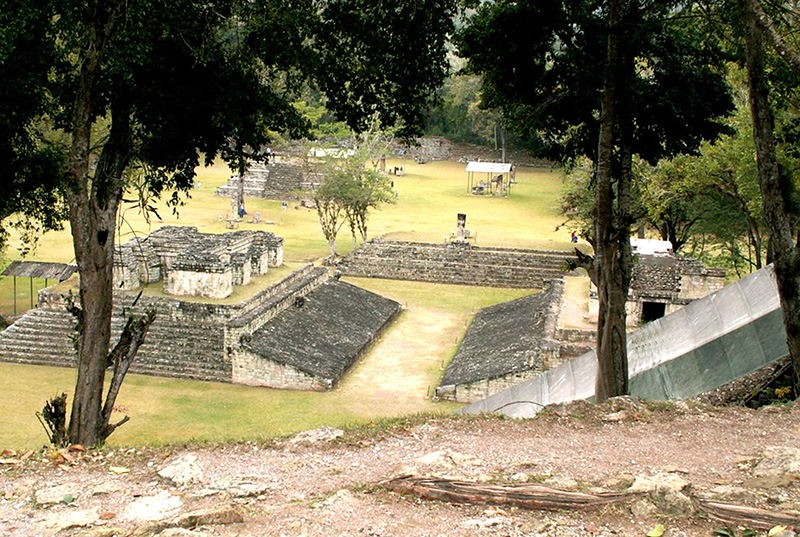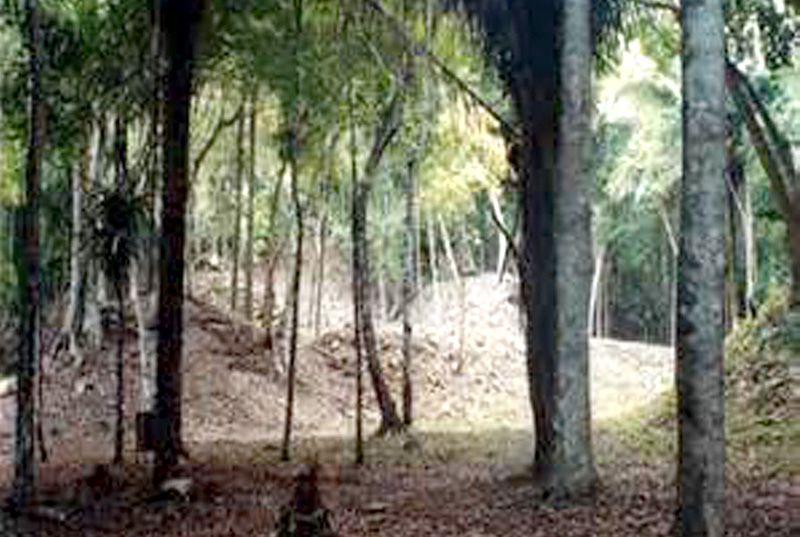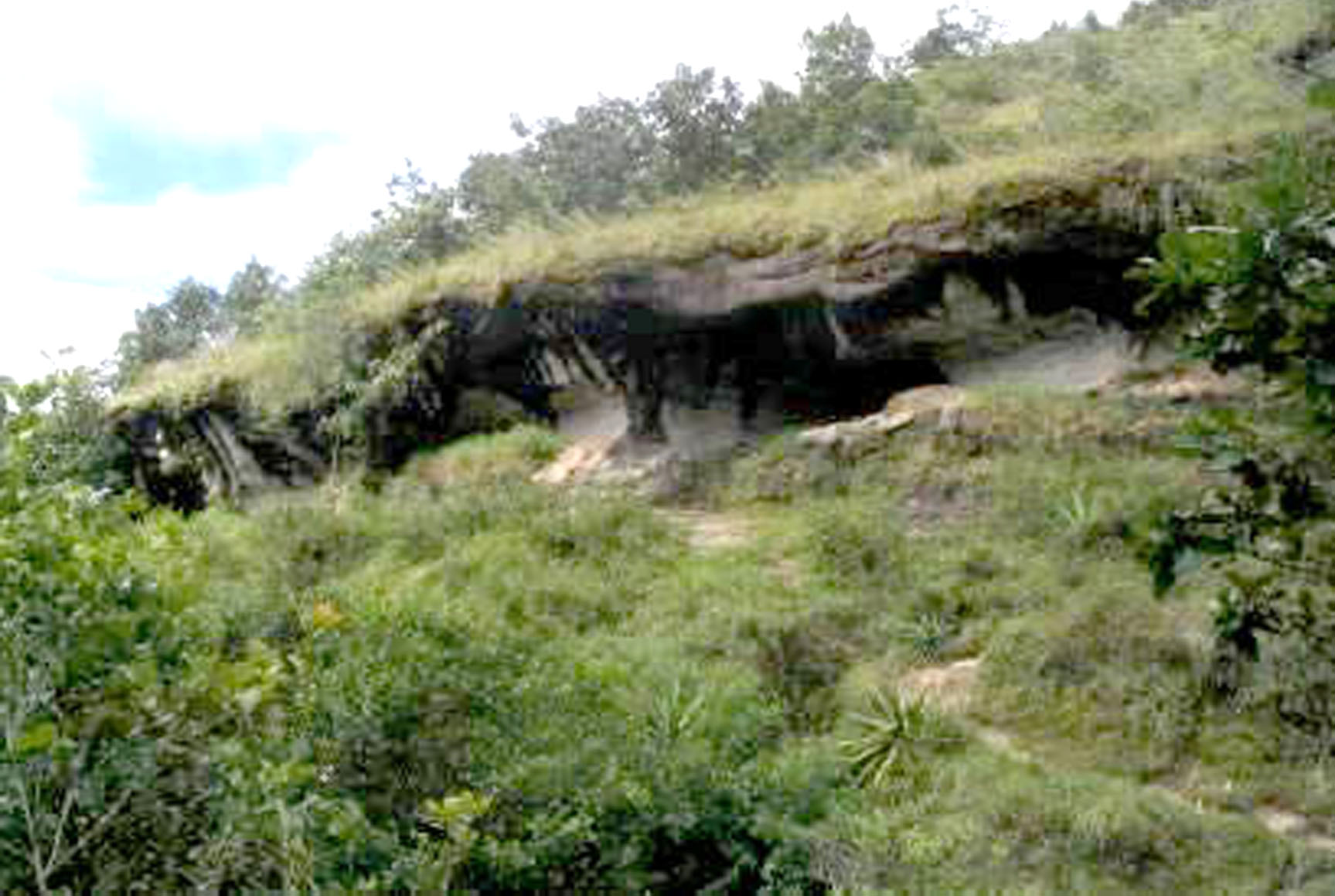Honduras
On his fourth and the final voyage to the New World in 1502, Christopher Columbus reached the Bay Islands on the coast of Honduras.Columbus landed near the modern town of Trujillo, in the vicinity of the Guaimoreto Lagoon. After the Spanish discovery, Honduras became part of Spain's vast empire in the New World within the Kingdom of Guatemala. Trujillo and Gracias were the first city-capitals. The Spanish ruled what would become Honduras for approximately three centuries
Spain granted independence to Honduras, with the rest of the Central American provinces on September 15, 1821. In 1822 the United Central American Provinces decided to join the newly declared Mexican Empire of Iturbide. The Iturbide Empire was overthrown in 1823 and Central America separated from it, forming the Federal Republic of Central America, which disintegrated in 1838. As a result the states of the republic became independent nations.

